Expert advice about irrigation installation from the job site.
How to Install an Irrigation System in 11 Easy Steps
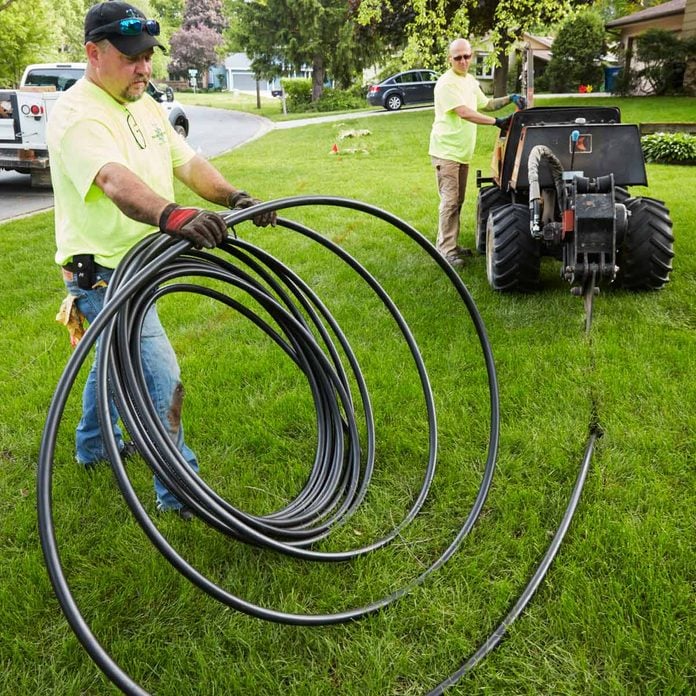
Install an Irrigation System
More than a drip irrigation system, installing a full irrigation system is a great way to keep a lawn green through even the doggiest days of summer. We spent a day with pro installers, who taught us how to pull pipe, make solid connections faster and get it done safely. The result: a well designed irrigation system that sips water instead of guzzling it. We don’t show how to connect an irrigation system to a home’s water supply or install a vacuum breaker/backflow preventer in this story. This crew hires a licensed plumber for those steps.
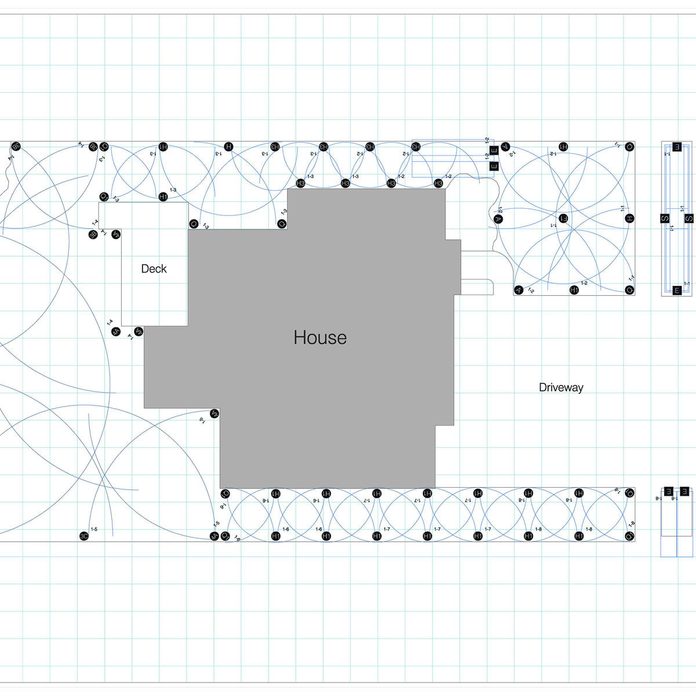
Irrigation Installation: A Good Plan Saves Water
It takes a lot of know-how to figure out how many zones to install and which sprinkler head goes where. A poorly designed system will waste water—a lot of it! Luckily, irrigation product manufacturers such as Hunter, Toro and Rain Bird have extensive literature online to help. Rain Bird will even design your layout for you if you send in the measurements of the property.
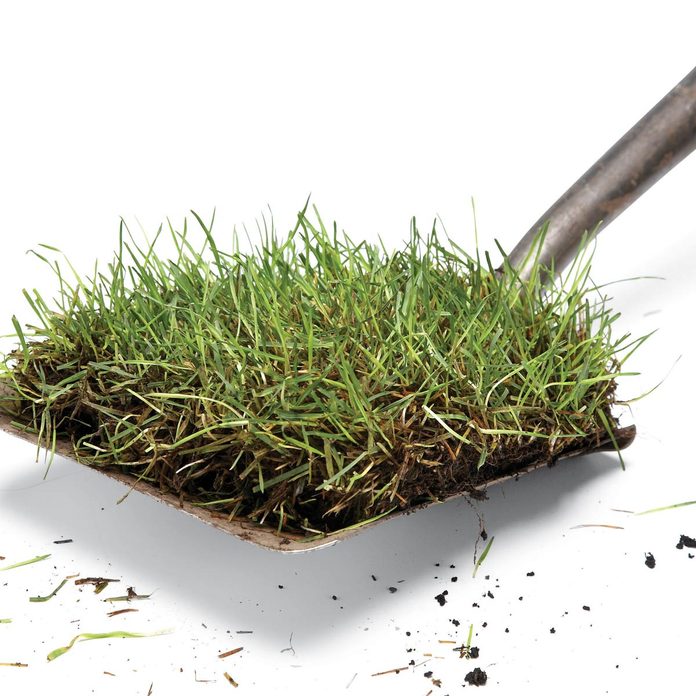
Remove Sod First
Slice off the sod before you dig a hole so it can be put back into place. If you do it right, the yard should show very few signs of your labor—besides the lush, greener grass, of course.
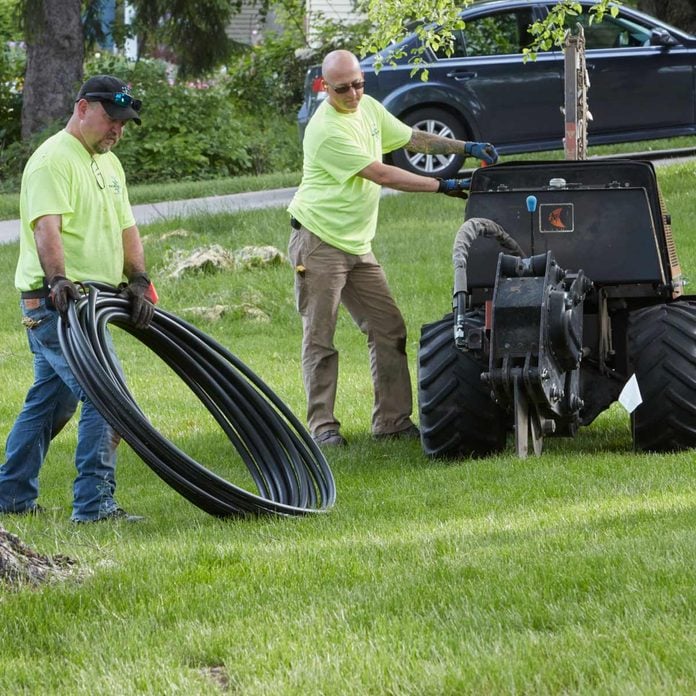
Pull the Pipes with a Vibratory Plow
Pulling polyethylene pipe through the ground is faster and easier than digging trenches and doesn’t create a huge mess. Here are some things to consider when pulling pipes using a pipe pulling machine:
- Avoid tree roots. (To get an idea of how far they extend from the trunk, consider that the root structure is often the same size as the canopy.)
- Shoot for a depth of about 10 in.
- Feed the pipe into the hole as you pull.
- Avoid pulling pipes that are spliced (they could come apart underground).
- If you’re renting a plow, pull all the pipes right away and return the machine. This may allow you to rent for only a half day and save money.
- A vibratory plow may not work in super-compacted soil. You may need a trencher instead. A local rental center should know what types of soil you are likely to encounter.
- Caution: Always call 811 to have the utilities located before you dig!
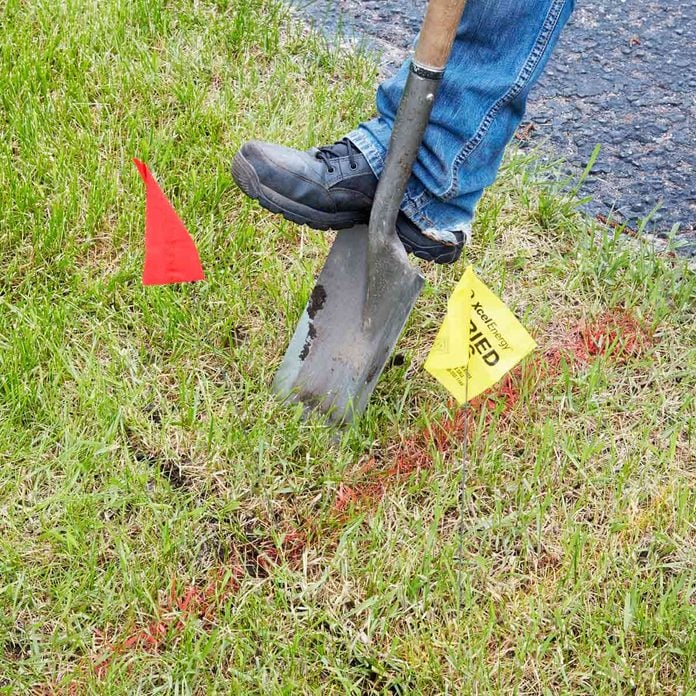
Hand-Dig Around Utilities
No matter how deep you think a utility pipe or wire is buried, always hand-dig over and around those areas.
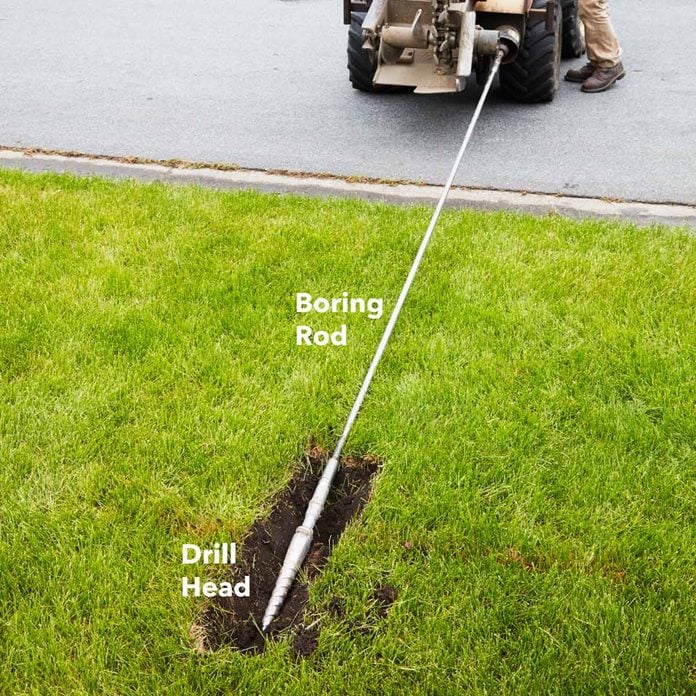
Bore Under Obstructions
Some vibratory plows/trenchers are capable of horizontal boring as well. If you plan to rent a plow and have to dig under a sidewalk or driveway, you might as well rent the boring rods and the drill head at the same time.
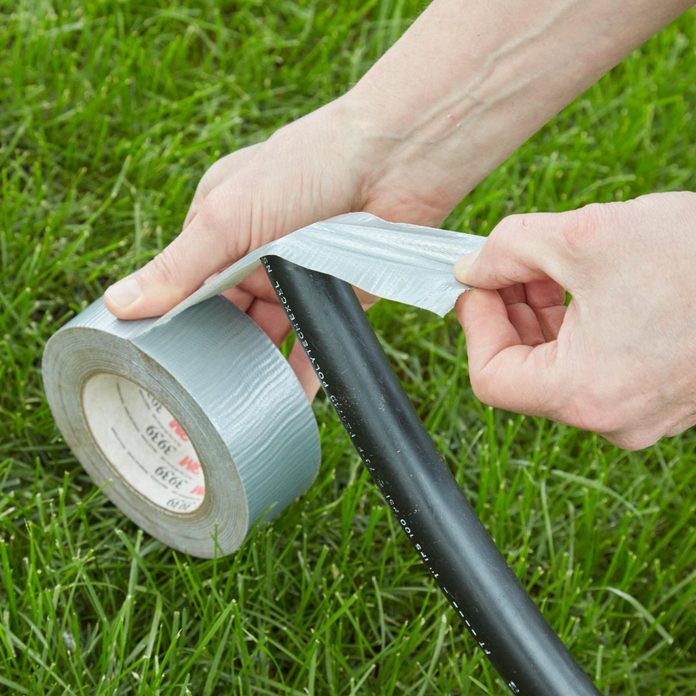
Keep Pipes Clean
Dirt and other debris that get into the pipes will plug the heads. Keep all that out by covering the ends with duct tape. Besides dirt and rocks, pros have found the occasional snake and frog clogging up the pipes. If you know you’ve kicked dirt down in the pipe, flush the line before installing that sprinkler head.
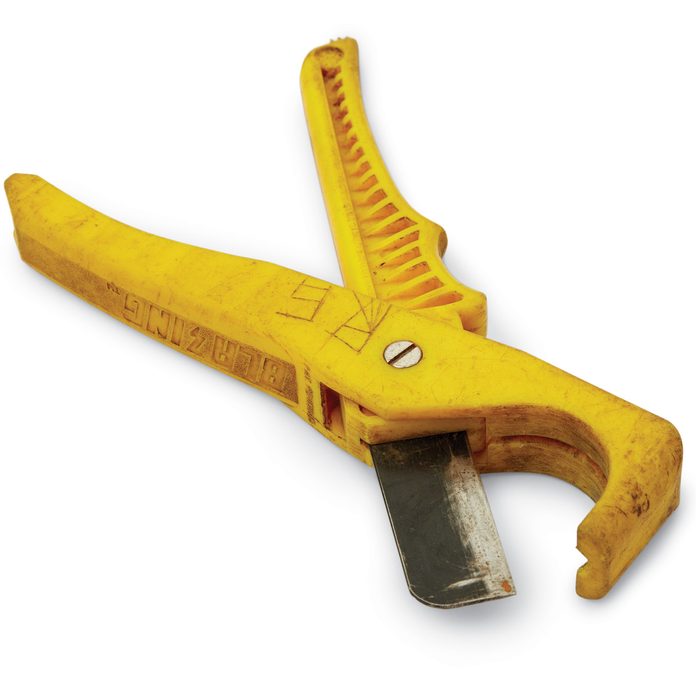
Don’t Cut Pipes With a Saw
Cutting pipes with a saw can leave behind plastic shavings that could clog the sprinkler heads. An inexpensive poly pipe cutter works great. If you have the option, pick a bright-colored one that will be easier to spot in the grass. A simple pipe cutter like can be found at all at home centers.
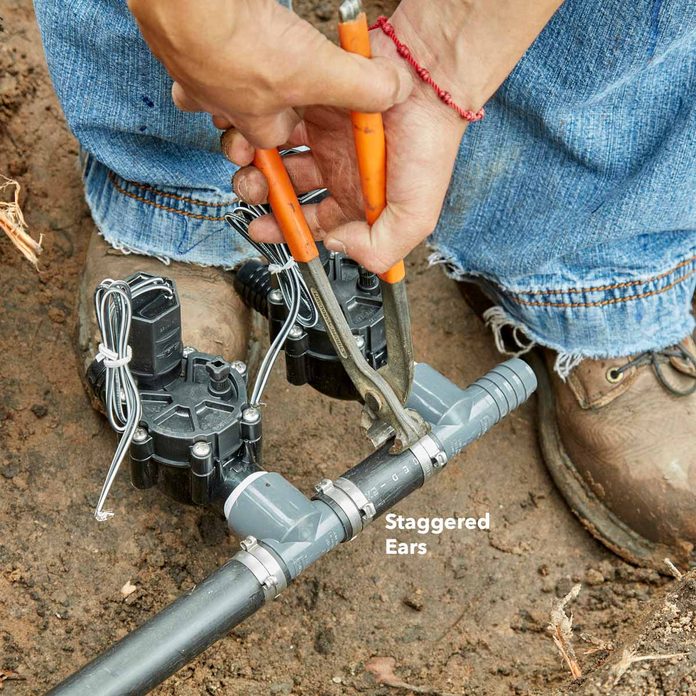
Double-Clamp Main Lines
You can secure pipes to fittings quickly and easily with crimp clamps, but sometimes they can ever so slightly squish the pipe into an oval shape, creating a less than- perfect connection. Main lines (the lines leading to the zone valves) are always pressurized, so install two crimp rings on each side of each fitting connection for extra protection against leaks. Stagger the ears on the two clamps to offset any pipe distortions.
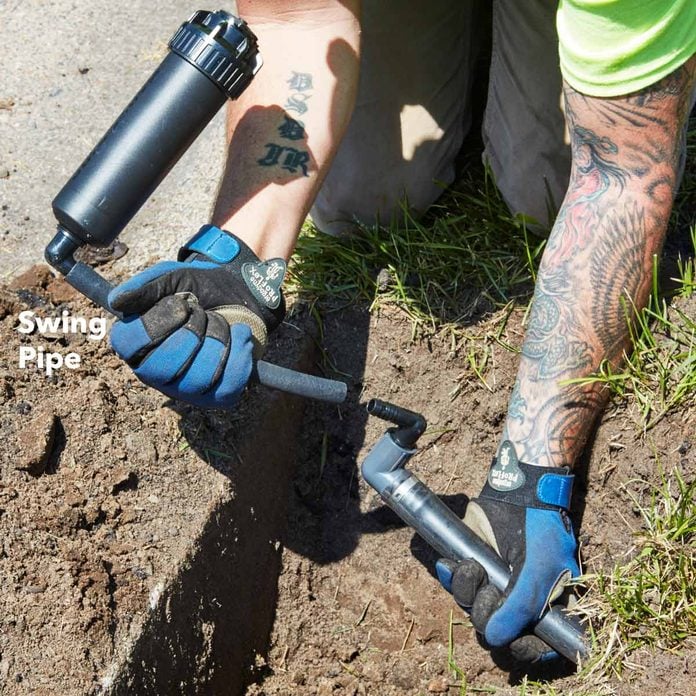
Install Heads with Swing Pipe
For this yard sprinkler system, install a section of “swing pipe,” often called “funny pipe,” between the end of the poly pipe and the sprinkler head. Because funny pipe is flexible, you can much more easily position the head exactly where it needs to be. Funny pipe also allows the head to move a bit in case it’s run over by a vehicle or pushed around by the frozen ground. When a head is connected directly to the rigid poly pipe, any movement could crack the fitting that connects them.
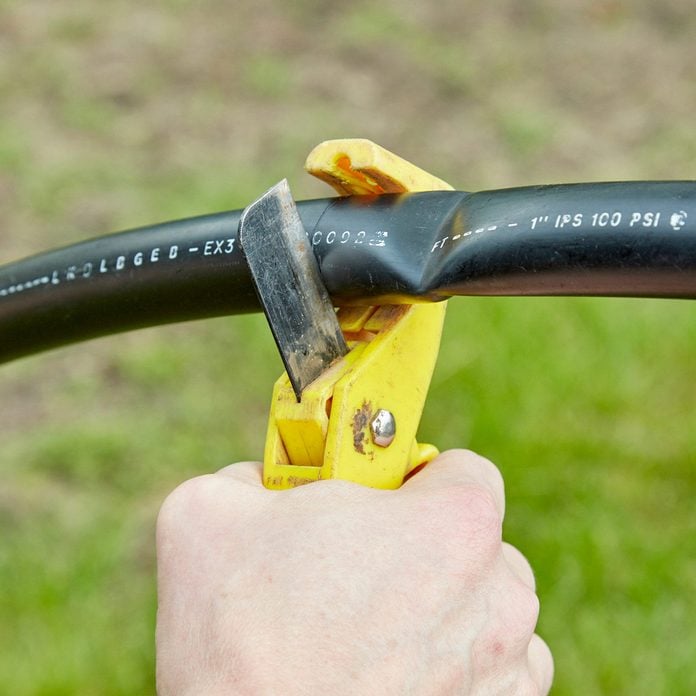
Cut Out Kinks
A kink in poly pipe creates a weak spot. Don’t try to straighten the pipe. Instead, cut out the kink and splice two pipes together with a coupler. If you must pull a pipe that has been spliced, add a couple extra clamps to the fitting and hook up the longest of the spliced sections to the plow.
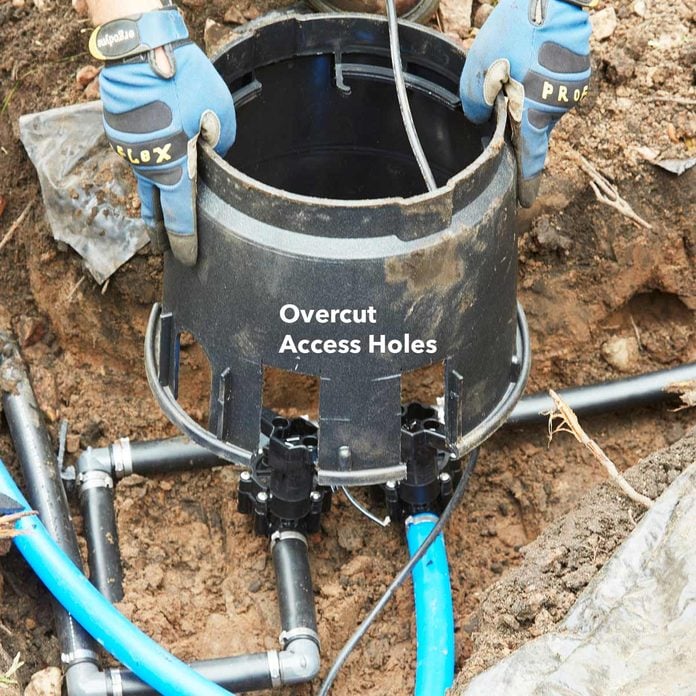
Leave Room for the Pipes
A kink in poly pipe creates a weak spot. Don’t try to straighten the pipe. Instead, cut out the kink and splice two pipes together with a coupler. If you must pull a pipe that has been spliced, add a couple extra clamps to the fitting and hook up the longest of the spliced sections to the plow.
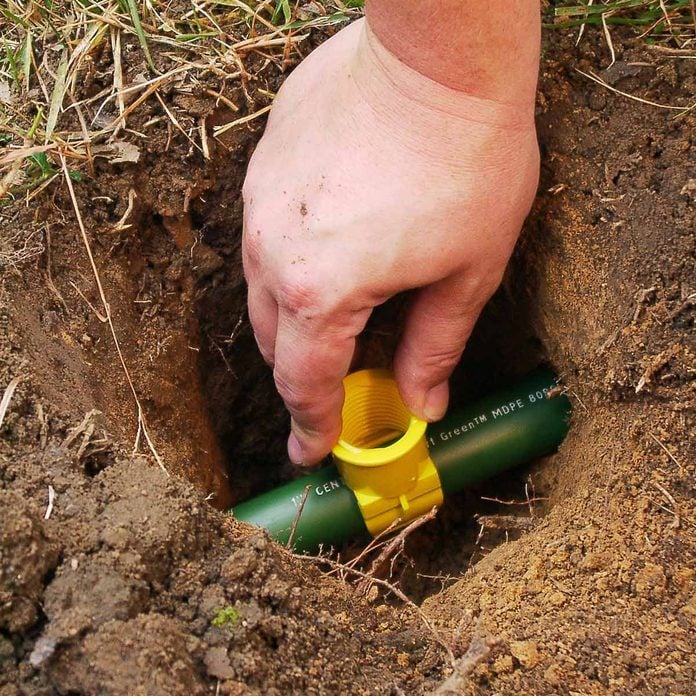
Self-Tapping Fittings are Fast and Easy
When you pull pipes underground instead of trenching, traditional tee fittings can be difficult to install. The best way to tap heads directly into a continuous run of pipe is to install self tapping fittings (saddles). Just snap the saddle onto the pipe and screw in the spike, which taps into the pipe. Hook up your funny pipe to the saddle and you’re good to go.
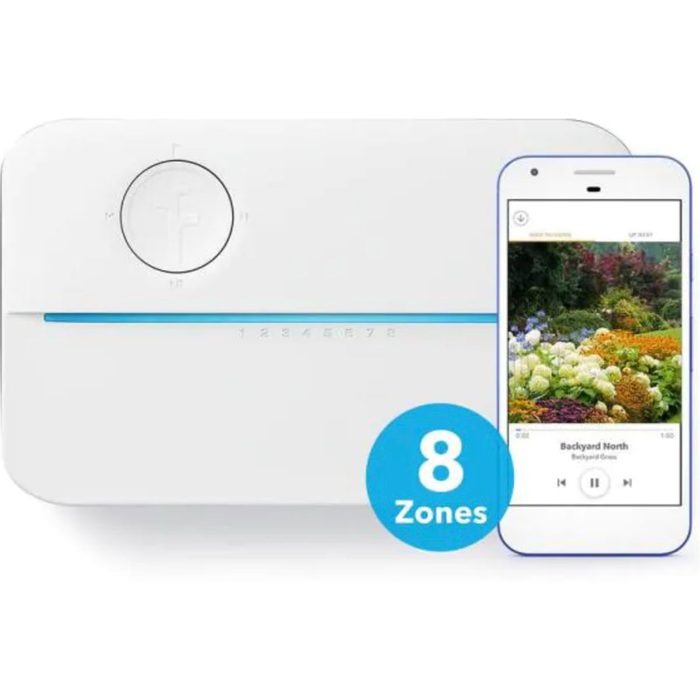
Smart Controllers Save Water
According to the EPA, residential outdoor water use in the United States accounts for nearly 9 billion gallons of water each day, mostly for landscape irrigation. Experts estimate that as much as 50 percent of this water is wasted through overwatering caused by inefficiencies in irrigation methods and systems.
Traditional controllers for yard sprinkler systems turn each zone on and off for a predetermined amount of time. A rain gauge connected to a controller will monitor recent rainfall and shut down the system in the middle of or shortly after a rain event. That’s helpful, but there are controllers and sensors available now that can track temperatures, sunlight and other seasonal conditions, and will adjust the watering schedule accordingly. A well-planned design along with a properly functioning smart controller can save a couple hundred gallons of water per day!
The one shown here, made by Rachio, connects to a home Wi-Fi, allowing the homeowner to control it or get updated on a smartphone.
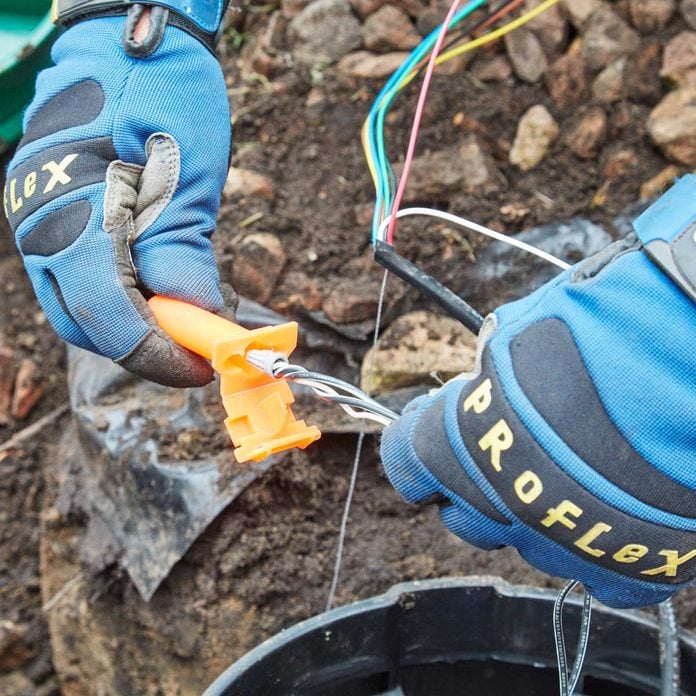
Protect Wires From the Elements
The wire connections in the valve box require connectors approved for direct burial. Basically tubes filled with dielectric grease, the ones shown are made by NorthStar Industries.
Proper watering is the single most important thing you can do to keep your lawn in tip-top shape.



















